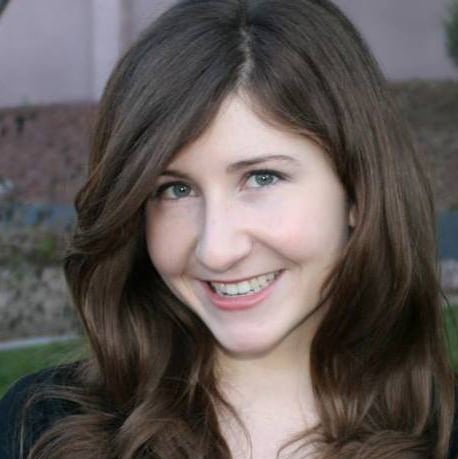How the Arts District Became the Center of the Las Vegas Art Scene
Las Vegas locals know that the art galleries and studios are the main draw of the Arts District—also known as 18b. This area is filled with art galleries as well as colorful murals, studios, boutiques, bars, and restaurants. Although it’s often conflated with Downtown, which is just a few blocks away, the Arts District brings a unique flavor to this lively area of Las Vegas.
The original Arts District consisted of just 18 blocks, which is where it got its nickname. Although the area has expanded beyond those original 18 blocks, the Arts District continues to thrive, attracting locals and tourists alike.

The Early Days
The Arts District is one of the oldest parts of Las Vegas. Some storefronts in 18b date back to the 1930s, but those early businesses were more often than not home construction and houseware stores rather than art galleries. So how did the Arts District become the center of the Las Vegas art scene?
The beginning of the district as we now know it got its start in the late 1940s when a railroad underpass came to Charleston Boulevard. Desert Art Supplies—a family-owned and -operated store dedicated to “keeping art alive”—opened in 1957 and became one of the few businesses in the area. With its slogan as “Southern Nevada’s most complete art store,” this local business can still be found in the neighborhood today.
Many of the old warehouses and businesses in the neighborhood were also transformed into art centers and galleries. Art Square, which is also still around, is comprised of three remodeled 1950s-era buildings that stand near an outdoor art garden that was once a tarmac lot. There are also more than a dozen galleries and studios, some of which are located within a refurbished warehouse called The Arts Factory.
Meanwhile, the Las Vegas Art League was established in 1950 and would later become the founding organization of the Las Vegas Art Museum. It was the first fine art museum in the state.
Revitalization of the Arts
During this time, the Arts District was a booming area for retail, but it was soon abandoned for the wide open spaces of the suburbs where shopping malls enticed locals to spend their hard-earned dollars. Although most say that the neighborhood was later “rediscovered” by locals who wanted to revitalize the area, the arts have always existed here.
In 1998, the Arts District became a nonprofit that qualifies as a social welfare organization. The board sustains regular meetings so they can look out for the community welfare of the neighborhood and continue bringing great businesses to the area. The 18b initiative is the main reason why the community was able to convert loft spaces and warehouses into galleries throughout the Arts District.
First Fridays
In October 2002, the Arts District hosted a First Friday event, which featured open art galleries and studios, local vendors, food trucks, live music, and performing artists. The street festival was so successful that it became a popular monthly event, drawing nearly 20,000 people to the neighborhood, and making First Friday a premiere arts and culture event in Las Vegas. Today, First Friday continues to attract visitors each month by featuring local art galleries, antique shops, boutiques, performers, musicians, and restaurants.
A Local Hot Spot
Today, the Arts District is a lively neighborhood where residents find plenty of bars, nightclubs, art galleries, and local events. Galleries like Nevada Humanities and The Arts Factory draw many people to the area, even when it’s not First Friday.
Popular bars like Artifice and the Velveteen Rabbit are never empty, and weekly events are a regular draw for locals. Antique Alley is also a popular spot to check out thanks to its more than 20 antique and vintage shops. There’s always talk about how the area is becoming “cool” again, but locals know that 18b has always had a one-of-a-kind vibe.

